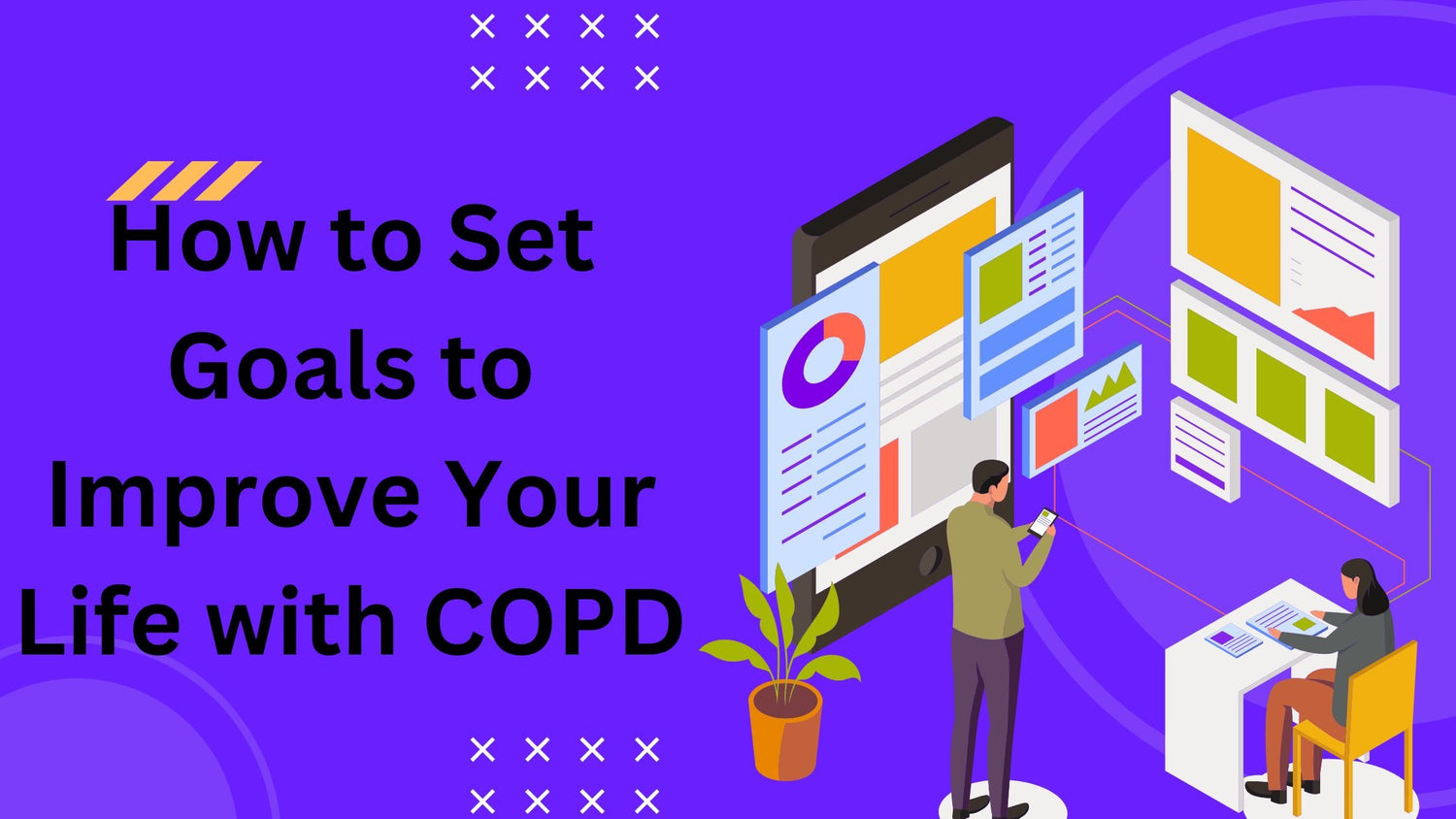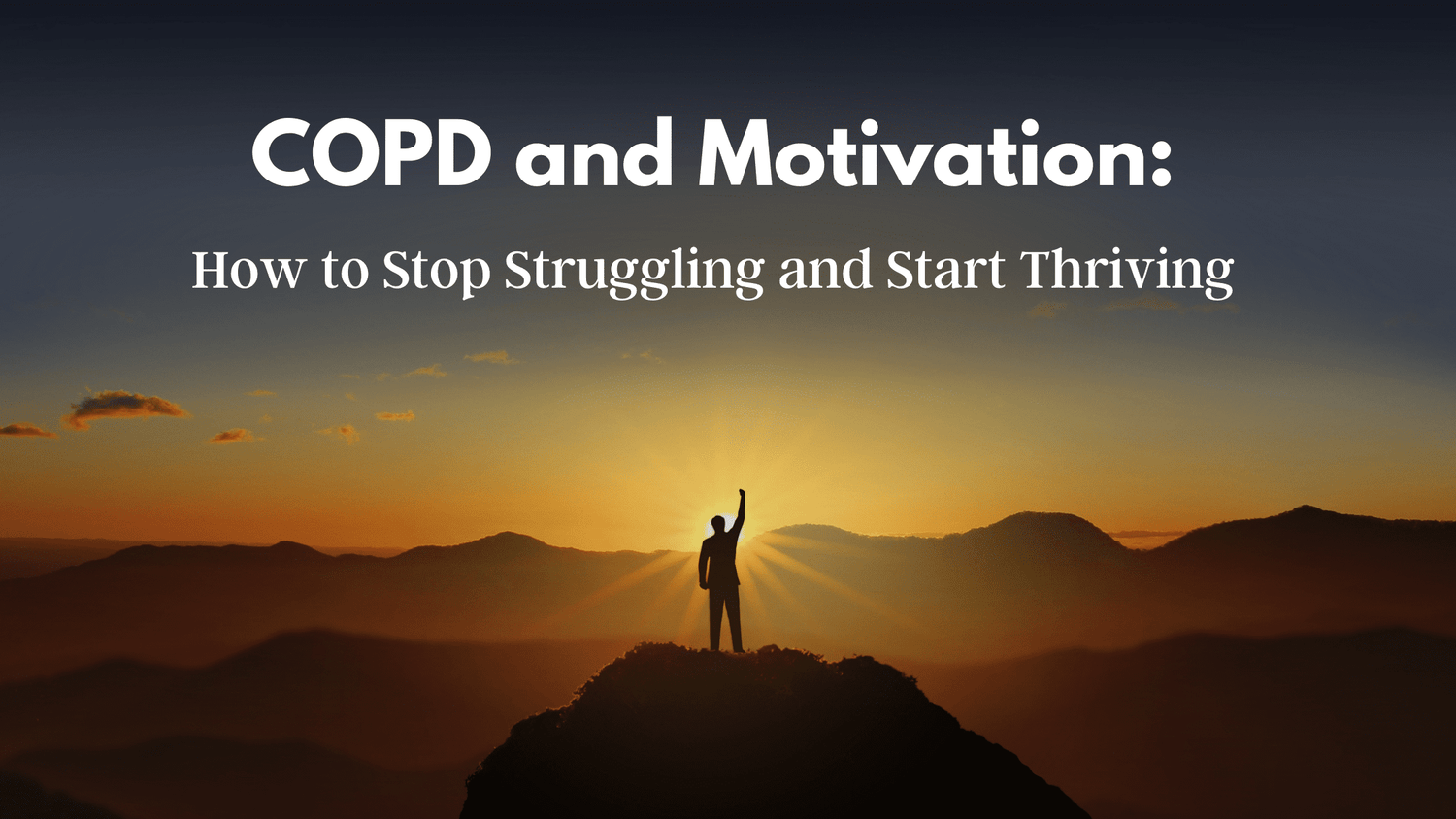Respiratory Resource Center - LPT Medical
How to Set Goals to Improve Your Life with COPD
If you're like just about everybody else in...
Read MoreThe Inspiring Power of Gratitude: How Simple Gratitude Exercises Can Help You Cope with COPD
For many people fighting chronic lung diseases like...
Read MoreCOPD and Motivation: How to Stop Struggling and Start Thriving
Life is filled with unpredictability. Whether it’s a change...
Read More


